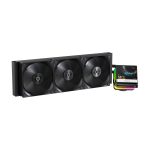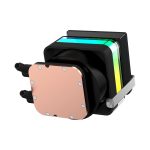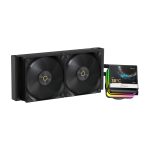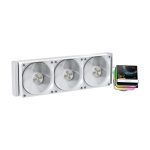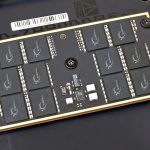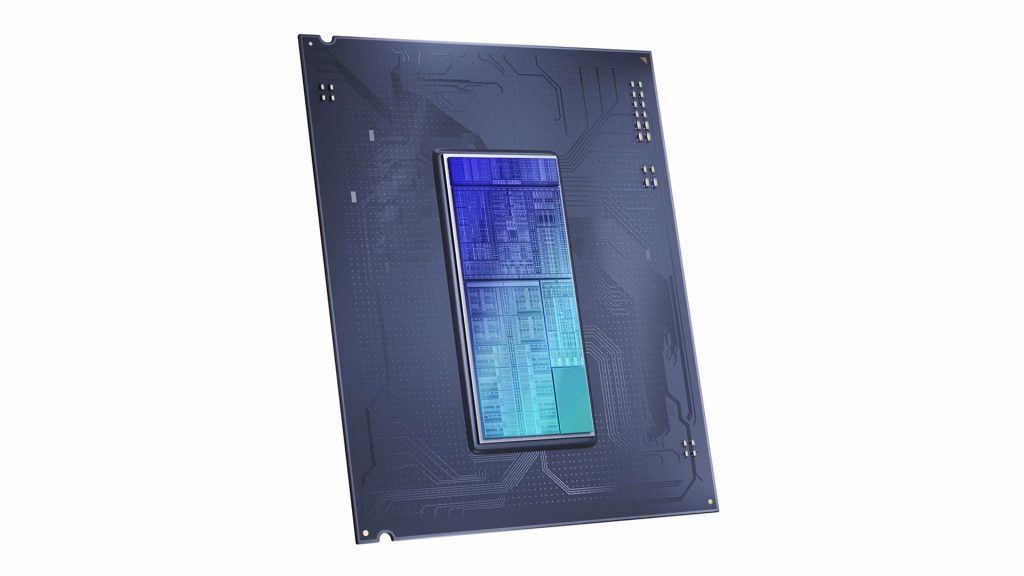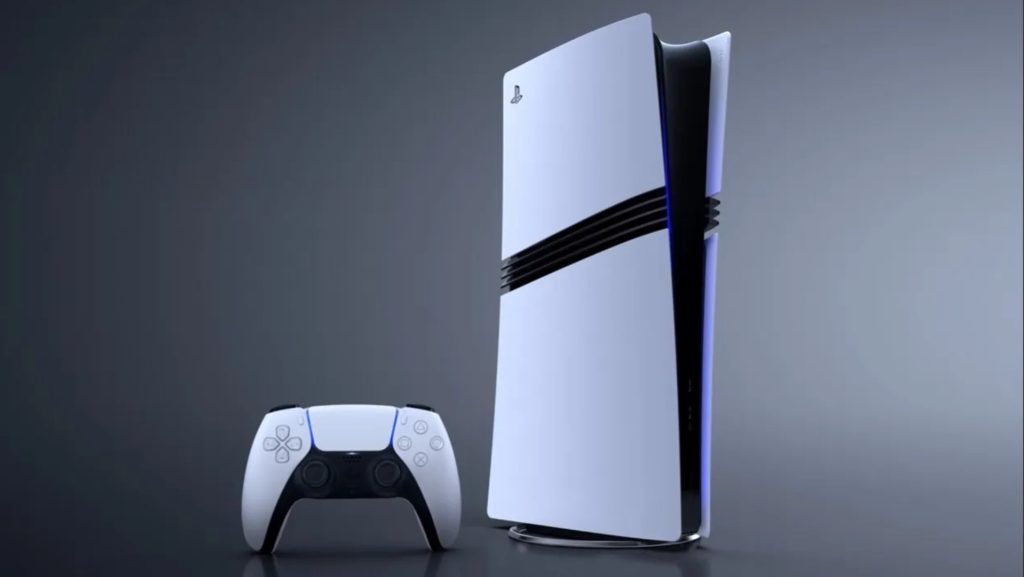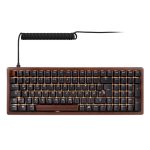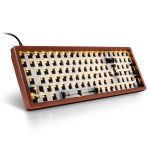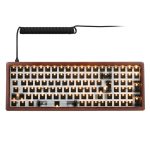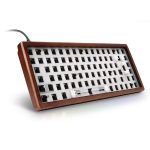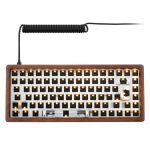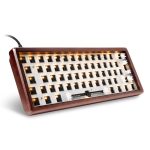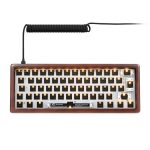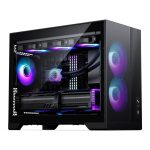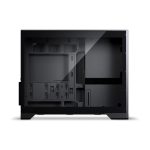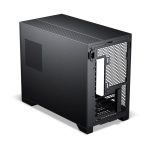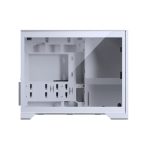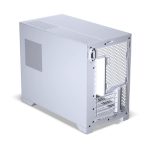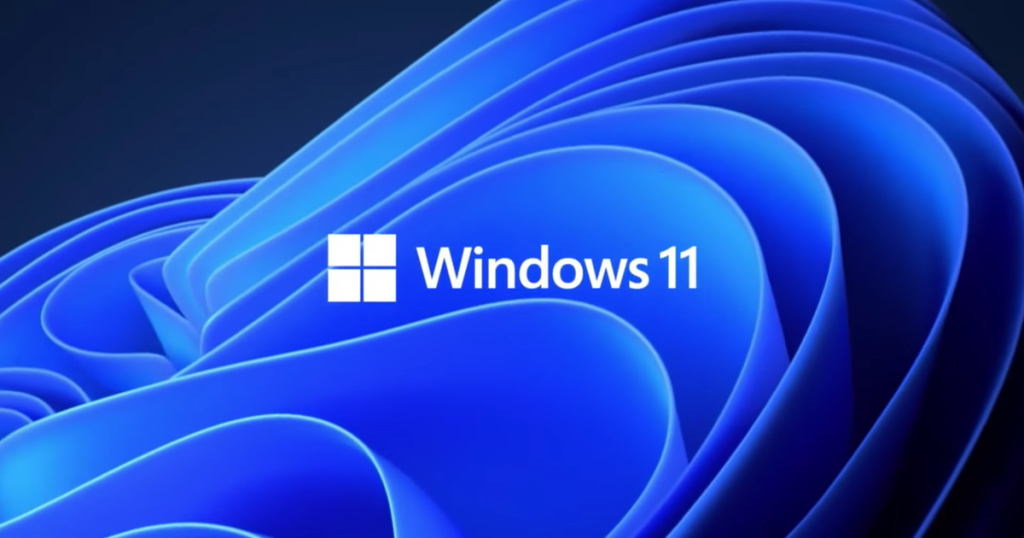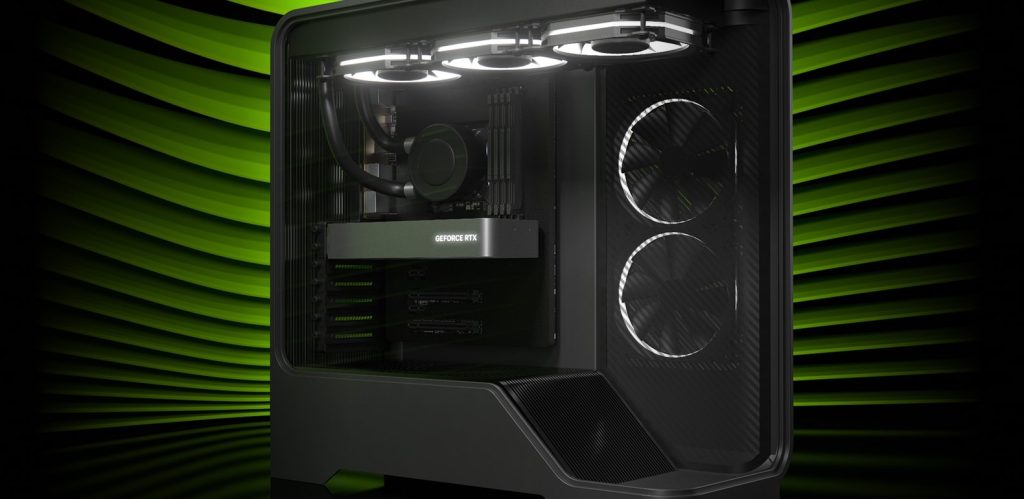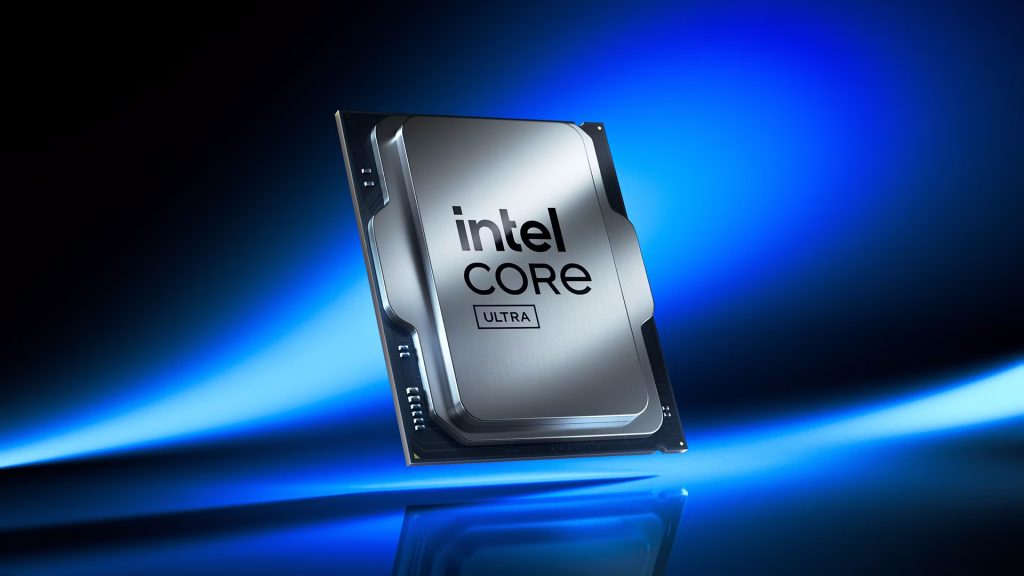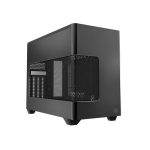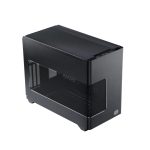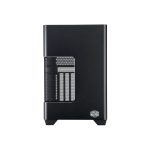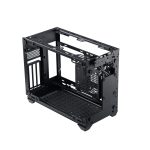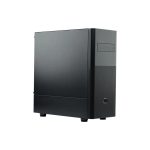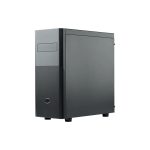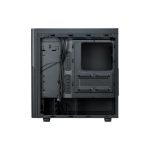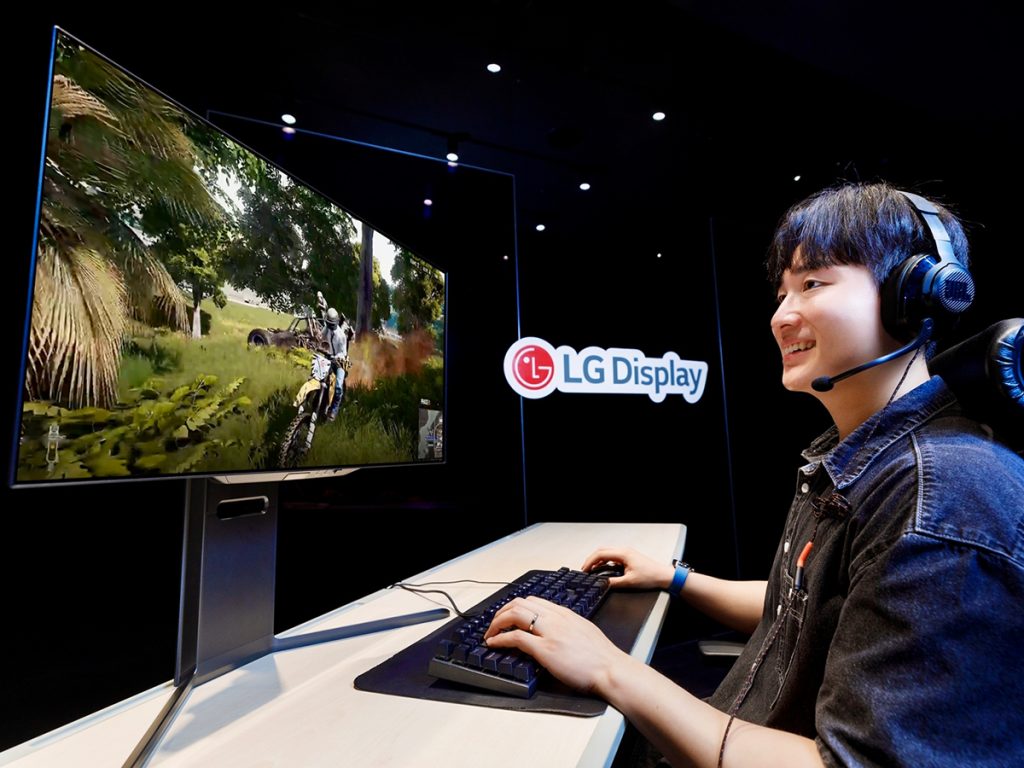Nvidia RTX 50 GPUs gain ground in latest Steam Hardware Survey
Nvidia's GeForce RTX 50 series has begun to register significant adoption in Steam's 2025 Hardware Survey. Despite only debuting in early 2025, with the RTX 5090 and RTX 5080 launching on January 30th and mid-range options like the RTX 5070 and RTX 5060 following in February and May, respectively, these cards collectively account for a notable 3.69% of all surveyed systems.
Leading the charge among the new Blackwell GPUs in the Steam hardware survey results is the RTX 5070, which has already captured nearly 1% of the total market share. The RTX 5080 and RTX 5070 Ti follow closely behind. The survey data further reveals that even the more budget-oriented RTX 5060 Ti and RTX 5060, along with the flagship RTX 5090, have made an impact in a short span.
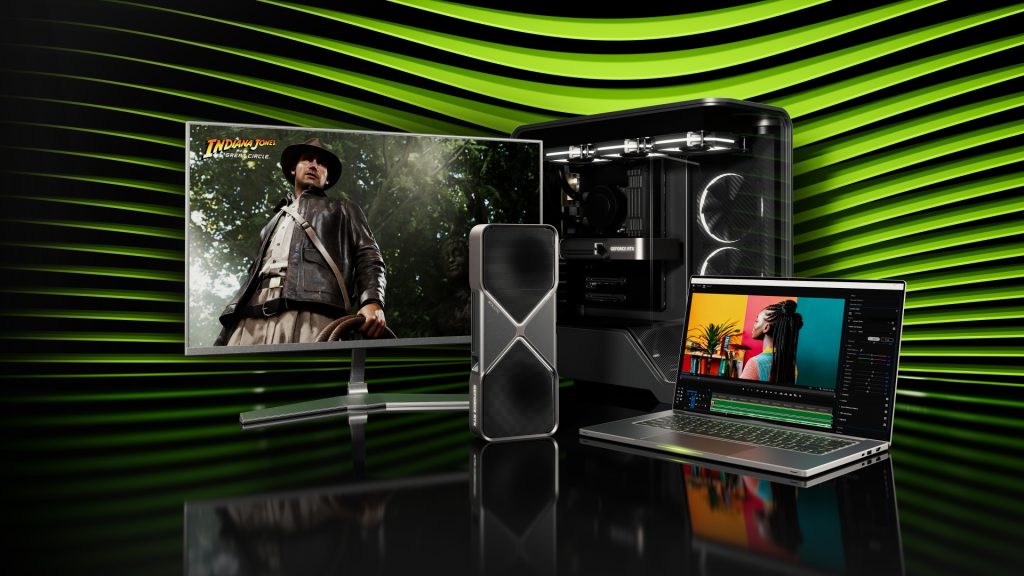
This rapid uptake suggests that gamers still prefer the Nvidia cards over AMD ones, as the results don't even mention a single Radeon RX 9000 series card. Absent from Steam's monthly poll is also Intel's Arc B-series GPUs. This suggests that their shipping numbers haven't yet reached the critical mass required to cross Valve's visibility threshold in the survey.
Despite the swift adoption of the RTX 50 series, the RTX 4060 Laptop GPU continues to hold its ground as the most popular GPU on Steam, maintaining a share of just under 5% of the installed base.
KitGuru says: Have you recently bought an Nvidia RTX 50 series GPU or a system equipped with one? What made you go for an Nvidia-based system instead of an AMD one?
The post Nvidia RTX 50 GPUs gain ground in latest Steam Hardware Survey first appeared on KitGuru.